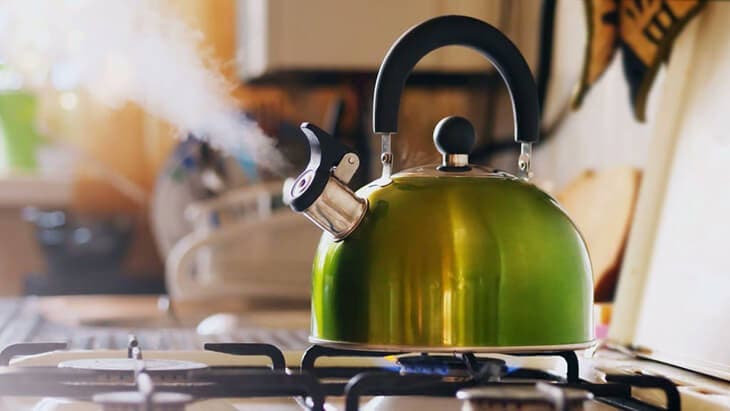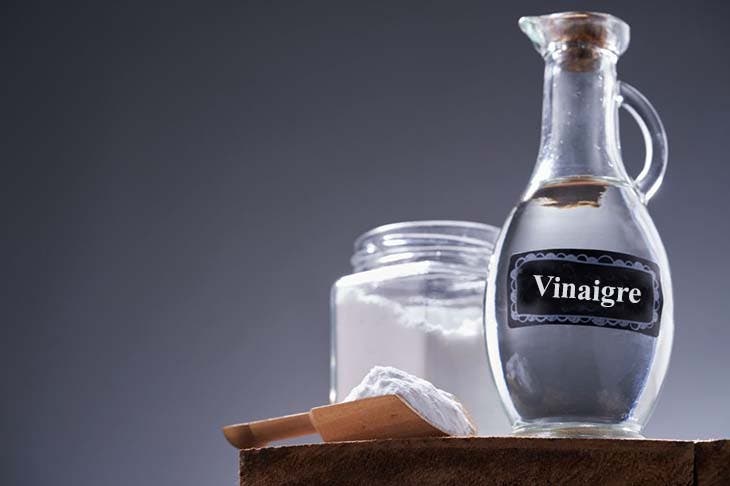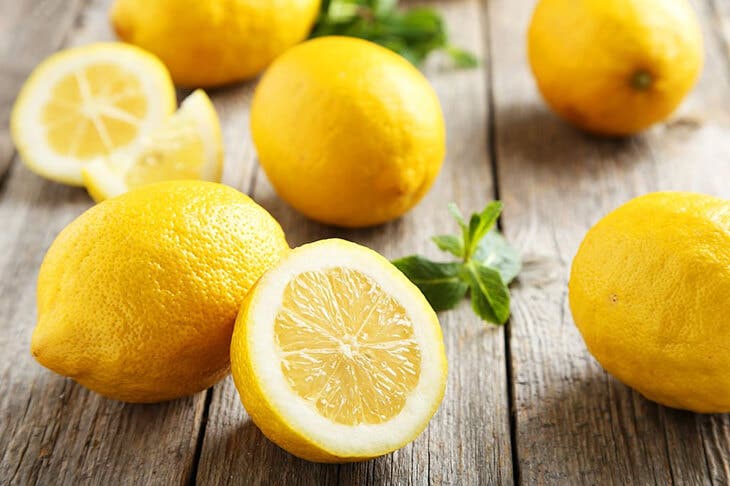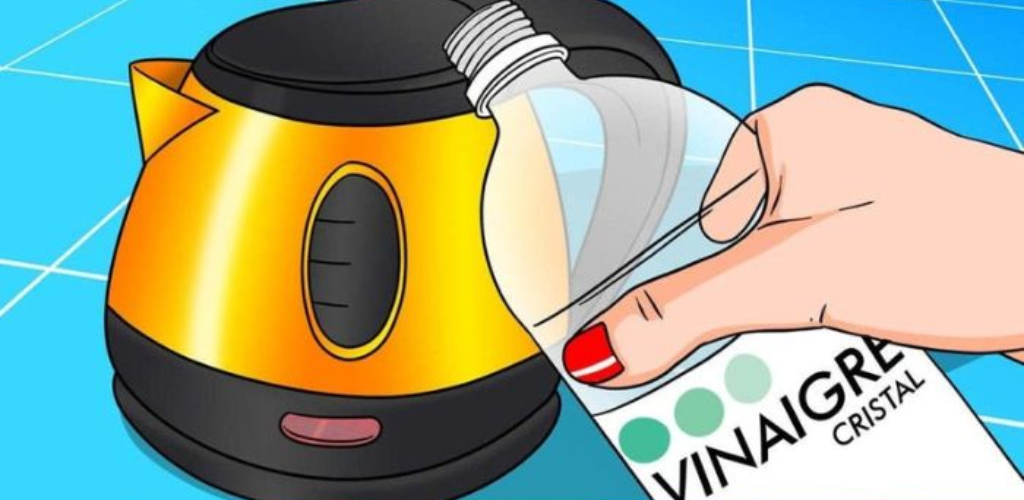Why you have to pour vinegar into the kettle once a month? The solution to a problem we all have
From boiling water to preparing an instant glass of tea or any other hot drink, the kettle is essential. In this article we reveal why it is so important to take care of it regularly and avoid this problem inherent to its use.
Maintaining your kettle is necessary especially since it is one of the most used items in the kitchen. After all, who would want to enjoy a hot drink contaminated by a poorly maintained kettle ? To solve this problem, we recommend using a particular product, and no, it is not bleach!


Kettle on a gas stove – Source: spm
How to easily maintain your kettle?
Effective maintenance of a kettle is not rocket science and it is because it is so easy that you will find yourself doing it regularly. In fact, you will only need to pour white vinegar inside your kettle to thoroughly clean it and descale it. The only condition to respect is to do it regularly to keep it in perfect working order. Over time and with lack of maintenance, lime deposits end up accumulating on the walls of the kettle. And if you don’t want those deposits to end up in your glass of tea or coffee, follow these instructions.


Bottle of white vinegar – Source: spm
To remove mineral deposits from your kettle, as well as any limescale build-up, pour two tablespoons of white vinegar into a cup of water, then pour the resulting solution into your kettle and bring to the boil. The anti-limescale power of vinegar is multiplied tenfold once it is hot.
Let it sit for 45 minutes and then empty the kettle to rinse it several times with cold water. This technique is considered very effective because white vinegar is recognised as an excellent natural descaler.
How to clean a teapot with lemon or baking soda?
Lemon owes its descaling power to its acidity, which allows for deep cleaning of all types of surfaces. Baking soda is known for being a versatile product, an anti-limescale product like lemon and white vinegar. Here’s how to use these two ecological solutions.
How to use lemon to clean the teapot?
The kettle often needs a powerful descaling, and thanks to its natural acidity, lemon will be able to do the trick. Mix the juice of a lemon with water, then pour it into the kettle and bring it to a boil. Finally, rinse the kettle two or three times with clean water. Also keep in mind that you may need to repeat the process more than once if your kettle still shows signs of limescale.


Lemons – Source: spm
How to use baking soda to clean the kettle?
You can also use baking soda to descale your kettle. To do this, simply fill your kettle with a litre of water and add two teaspoons of baking soda and bring to a boil. Once it boils, empty the kettle and rinse it with clean water. Repeat the operation as much as possible to remove all traces of limescale.
How do I clean the outside of the kettle?
It is equally important to take care of the external appearance of your kettle. Nothing could be simpler in this case, take a soft cloth moistened with hot water and non-abrasive detergent and start polishing the kettle. Finally, take a microfibre cloth to dry the outer surface.
Adopt these natural methods, each one as effective as the last, and you will no longer have to worry about the state of your kettle!
